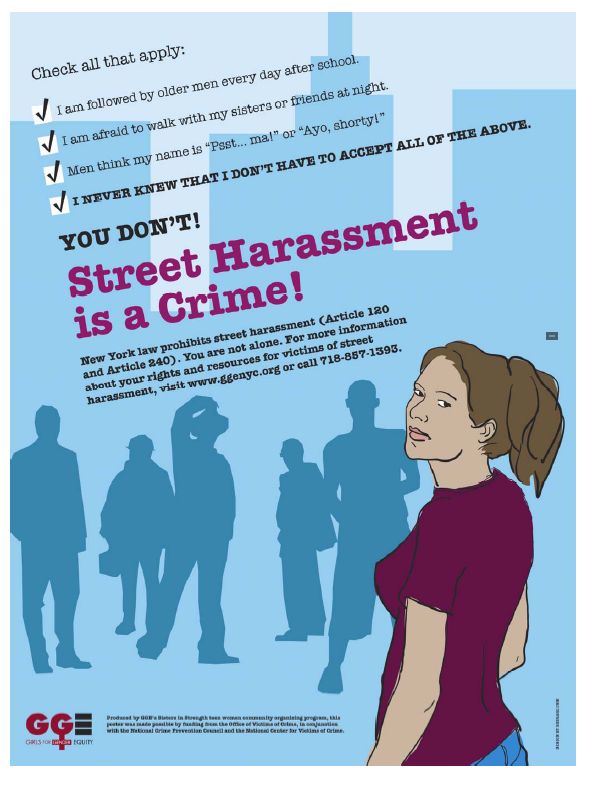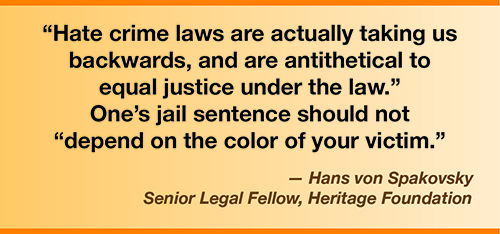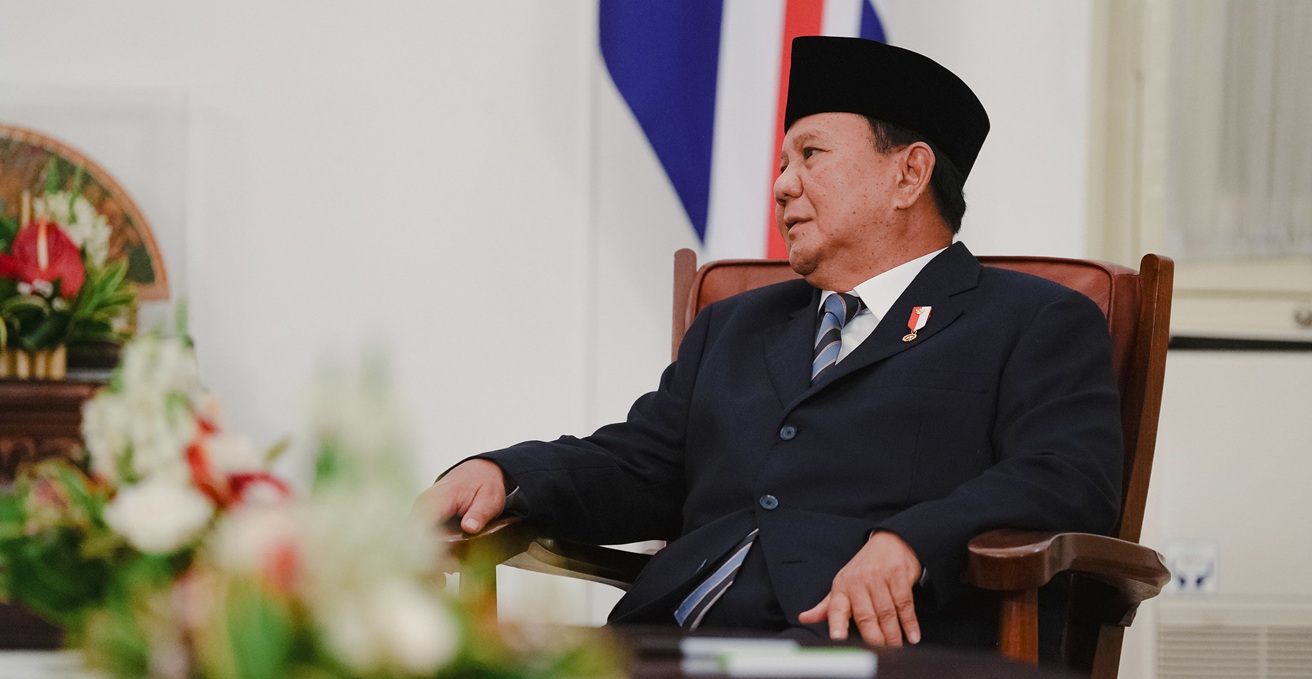Report on Civil Society Initiatives Promoting Sustainable Development Goals at Public Events
Executive Summary
This report analyzes the activities of the Safer association at the We Love Green festival in Paris in June 2025. The organization’s work to combat sexual and gender-based violence at the event is examined through the framework of the United Nations Sustainable Development Goals (SDGs), highlighting significant contributions to SDG 5 (Gender Equality), SDG 3 (Good Health and Well-being), and SDG 11 (Sustainable Cities and Communities).
Contribution to SDG 5: Gender Equality
Safer’s primary mission directly supports the achievement of SDG 5, which aims to achieve gender equality and empower all women and girls.
- Target 5.2: The association’s core function is to eliminate violence against women and girls in public spheres. By maintaining a visible presence and conducting “constant prevention efforts,” Safer works to create an environment where all individuals, particularly women, can enjoy public events without fear of assault.
- Empowerment through Safety: The provision of a designated safe space and identifiable volunteers empowers attendees by ensuring access to support, thereby promoting equal participation in cultural life.
Synergies with SDG 3 and SDG 11
The initiative demonstrates the interconnectedness of the SDGs, with direct impacts on community health and urban safety.
SDG 3: Good Health and Well-being
- Target 3.4: Promoting mental health and well-being is a key outcome. Attendee reports confirm that the presence of Safer alleviates anxiety related to personal safety at large gatherings. This sense of security is crucial for positive mental health and the overall well-being of festival-goers.
SDG 11: Sustainable Cities and Communities
- Target 11.7: The project contributes to making public spaces safe and inclusive. Festivals are temporary communities, and ensuring they are safe for all aligns with the goal of providing universal access to safe public spaces. Safer’s work helps transform the festival into a more inclusive environment.
Operational Impact and Key Findings
The operational model employed by Safer provides a tangible framework for advancing SDGs in the context of public cultural events.
- Proactive Prevention: Volunteers actively patrol the event grounds, wearing identifiable vests to ensure high visibility and accessibility.
- Reassurance and Security: The establishment of a Safer booth at the festival entrance provides a clear point of contact and has been cited by attendees as a source of reassurance.
- Fostering Inclusive Environments: By addressing systemic safety concerns, the initiative allows for a more equitable and enjoyable experience for all participants, which is a cornerstone of sustainable community development.
- Partnership for the Goals (SDG 17): The collaboration between the We Love Green festival and the Safer association exemplifies an effective partnership between event organizers and civil society to achieve shared sustainability and safety objectives.
Analysis of Sustainable Development Goals (SDGs) in the Article
-
Which SDGs are addressed or connected to the issues highlighted in the article?
The article highlights issues that are directly connected to several Sustainable Development Goals (SDGs). The primary focus on combating sexual and gender-based violence and ensuring safety in public spaces links the article’s content to the following SDGs:
-
SDG 5: Gender Equality
This is the most relevant SDG, as the core mission of the Safer association is to fight “sexual and gender-based violence.” This goal aims to end all forms of discrimination and violence against women and girls.
-
SDG 11: Sustainable Cities and Communities
The article is set at a festival in a public park (“We Love Green festival in the Bois de Vincennes”). The efforts to make this public space safe for all attendees, so they can “enjoy the moment without fear,” directly relate to the goal of creating safe and inclusive public spaces.
-
SDG 3: Good Health and Well-being
The psychological impact of feeling unsafe is a key theme. A festival-goer mentions that “Assaults at festivals are always on my mind” and feels “reassured” by Safer’s presence. This connects to promoting mental health and well-being by reducing fear and creating a sense of security.
-
SDG 16: Peace, Justice and Strong Institutions
This goal includes the objective of significantly reducing all forms of violence. The work of the Safer association is a direct action toward this objective within a specific community setting.
-
-
What specific targets under those SDGs can be identified based on the article’s content?
Based on the specific actions and concerns described, the following targets can be identified:
-
Target 5.2: Eliminate all forms of violence against all women and girls in the public and private spheres.
The article directly addresses this target by describing the work of “the only association dedicated to fighting sexual and gender-based violence present at this type of event.” Their “constant prevention efforts” in a public space like a festival are a clear action towards this target.
-
Target 11.7: By 2030, provide universal access to safe, inclusive and accessible, green and public spaces, in particular for women and children, older persons and persons with disabilities.
The association’s goal is to ensure “everyone can enjoy the moment without fear.” The testimony of the festival-goer, Nada, who feels reassured by the “Safer booth at the entrance” and the presence of volunteers, shows a direct effort to make a public space feel safer and more inclusive, particularly for women who may feel vulnerable.
-
Target 3.4: By 2030, reduce by one third premature mortality from non-communicable diseases through prevention and treatment and promote mental health and well-being.
The article implies a focus on well-being. Nada’s statement that “Assaults at festivals are always on my mind” highlights the mental burden and fear associated with such events. Safer’s presence, which makes her “feel reassured,” contributes directly to promoting mental well-being by alleviating anxiety.
-
Target 16.1: Significantly reduce all forms of violence and related death rates everywhere.
The fundamental purpose of the Safer association is to prevent and fight violence. Their presence and prevention efforts are a localized initiative contributing to the broader goal of reducing violence in all its forms.
-
-
Are there any indicators mentioned or implied in the article that can be used to measure progress towards the identified targets?
The article does not provide quantitative data but implies several qualitative and process-based indicators:
-
Indicator: Presence of dedicated safety services in public spaces.
The article notes that Safer is “the only association dedicated to fighting sexual and gender-based violence present at this type of event.” The number or proportion of public events that have such dedicated services could serve as an indicator of progress toward Target 5.2 and 11.7.
-
Indicator: Population’s perception of safety.
Nada’s feeling of being “reassured just by seeing the Safer booth” is a direct measure of perceived safety. Surveys or testimonials measuring how safe attendees (especially women) feel in public spaces like festivals can be a powerful indicator for Target 11.7.
-
Indicator: Existence of accessible support systems.
The article mentions the “Safer booth at the entrance” and visible volunteers, which represent an accessible support system. Nada is “glad to know there’s a place I can go if I don’t feel safe.” The availability and visibility of such support points are a tangible indicator for Target 11.7 and 16.1.
-
-
Table of SDGs, Targets, and Indicators
SDGs Targets Indicators (Identified in the article) SDG 5: Gender Equality Target 5.2: Eliminate all forms of violence against all women and girls in the public and private spheres. - Presence of associations fighting gender-based violence in public spaces.
SDG 11: Sustainable Cities and Communities Target 11.7: Provide universal access to safe, inclusive and accessible, green and public spaces. - Existence of designated safe spaces (“Safer booth”) at public events.
- Attendees’ perception of safety (“felt reassured”).
SDG 3: Good Health and Well-being Target 3.4: Promote mental health and well-being. - Attendees’ reported feelings of reassurance and reduced fear.
SDG 16: Peace, Justice and Strong Institutions Target 16.1: Significantly reduce all forms of violence. - Implementation of “constant prevention efforts” to reduce violence.
- Availability of a place to go for help (“a place I can go if I don’t feel safe”).
Source: lemonde.fr







